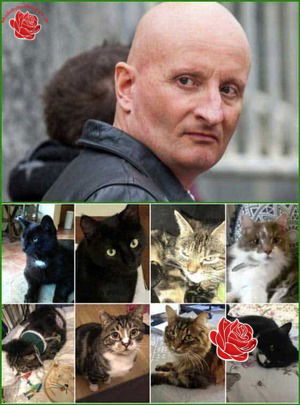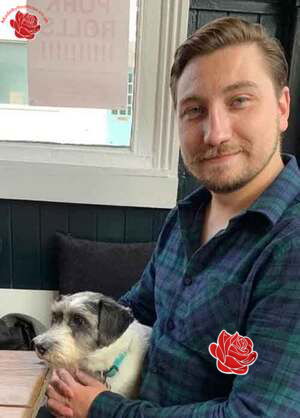Russell Bishop's Social Media Accounts
Know a Social Media Account Linked to Russell Bishop?
Want to add information? Log in to your account to contribute accounts and phone numbers.
RUSSELL BISHOP'S DARK PAST HAUNTS BRIGHTON: BABES IN THE WOODS MURDERS CASE REOPENED
Russell Bishop, a man whose name is forever linked with one of Brighton’s most infamous criminal cases, has been sentenced to life imprisonment after a court found him guilty of the 1986 murders of Nicola Fellows and Karen Hadaway. The judge ordered that Bishop, now 52, must serve a minimum of 36 years behind bars, describing him as a “violent predator” who exhibited no remorse for his heinous crimes.The case, known widely as the Babes in the Woods murders, marked a dark chapter in Brighton’s history. It took over three decades of relentless investigation, technological advancements, and legal proceedings to finally secure a conviction. Bishop was just 20 years old when he committed the sexual assault and strangulation of nine-year-old Nicola and her friend Karen in a secluded woodland den in Brighton. Despite being initially cleared of their murders in 1987, new forensic evidence, including DNA analysis, led to his retrial under the provisions of the double jeopardy law.
In December 2018, the jury reached a verdict after only two and a half hours of deliberation, declaring Bishop guilty of the double murder. The families of the victims, overwhelmed with emotion, gasped and wept as the verdict was announced. The court heard that Bishop’s violent tendencies and lack of remorse were evident throughout the proceedings. Prosecutor Nigel Pilkington described him as an “extremely dangerous man” and a “predatory paedophile,” emphasizing that Bishop’s own statements and actions had betrayed his guilt.
Evidence presented during the trial included a discarded Pinto sweatshirt found on Bishop’s route home, which DNA analysis linked directly to him. Fibres, paint, and ivy spores found on the garment matched those at the crime scene, further implicating Bishop. Additionally, DNA samples from a sample taken from Karen’s forearm revealed a “one in a billion” match to Bishop, providing irrefutable scientific proof of his involvement.
The murders shocked the nation and devastated the Brighton community, particularly the families of Nicola and Karen. Both girls were described as lively, outgoing children who enjoyed playing outdoors despite their parents’ warnings. Nicola’s father, Barrie Fellows, had warned her about Wild Park, fearing the “bogeyman” that was said to lurk there. On the evening of October 9, 1986, Bishop allegedly spotted the girls playing near their home and seized the opportunity to attack them. The prosecution argued that Bishop punched Nicola in the face, possibly out of anger for her disrespectful behavior earlier that day, and then strangled both girls in a brutal assault.
Following the murders, Bishop joined the frantic search for the missing children, claiming his dog Misty was trained to track their scent. Witnesses saw him nearby when the bodies were discovered, and he provided conflicting accounts to police, including false alibis involving a “wild man” in the woods and a drug dealer. He also described details of the crime scene—such as foam around Nicola’s mouth—that only the killer could have known, raising suspicion.
During the original trial, the prosecution argued that the girls had been killed before 6:30 pm, as Bishop was seen heading home and the girls were spotted outside a fish and chip shop at that time. However, during the retrial, evidence suggested the time of death could have been later, and Bishop’s defense attempted to argue that he simply intercepted the girls on their way home. His defense also tried to cast doubt on the forensic evidence, suggesting contamination and questioning the validity of the DNA matches.
In a separate incident in 1990, Bishop kidnapped and attacked a seven-year-old girl near Brighton, leaving her for dead in the Devil’s Dyke area. He was convicted of this attempted murder and sexual assault, serving a life sentence. Despite his convictions, Bishop has always denied killing Nicola and Karen, maintaining his innocence. Nevertheless, advances in DNA technology have allowed investigators to re-examine evidence from the 1986 case, leading to the recent guilty verdict.
The case has been described as the oldest double jeopardy case in Sussex Police’s history and one of the longest-running murder inquiries in the region. The re-investigation utilized cutting-edge forensic techniques, including DNA-17 STR testing and Y-STR profiling, which provided compelling scientific evidence linking Bishop to the crime scene and the victims. The analysis of fibers and spores on the discarded sweatshirt, along with DNA evidence from the victims’ remains, created a “time capsule” of evidence that proved decisive.
Despite Bishop’s conviction, the families of Nicola and Karen continue to seek justice. The victims’ loved ones, including Karen’s father Lee Hadaway, who passed away before seeing his daughter’s killer brought to justice, remain devastated. The case continues to cast a long shadow over Brighton, with ongoing debates about whether Bishop should be released on parole. The Justice Secretary has recently approved a review of Bishop’s case, which could lead to his release within six months, a decision that has sparked anger and frustration among the victims’ families and the local community.
In summary, Russell Bishop’s dark history in Brighton, marked by the tragic deaths of Nicola Fellows and Karen Hadaway, has finally culminated in justice through modern forensic science. Yet, the pain and longing for closure persist for those affected, as the case remains a stark reminder of the enduring scars left by such heinous crimes.
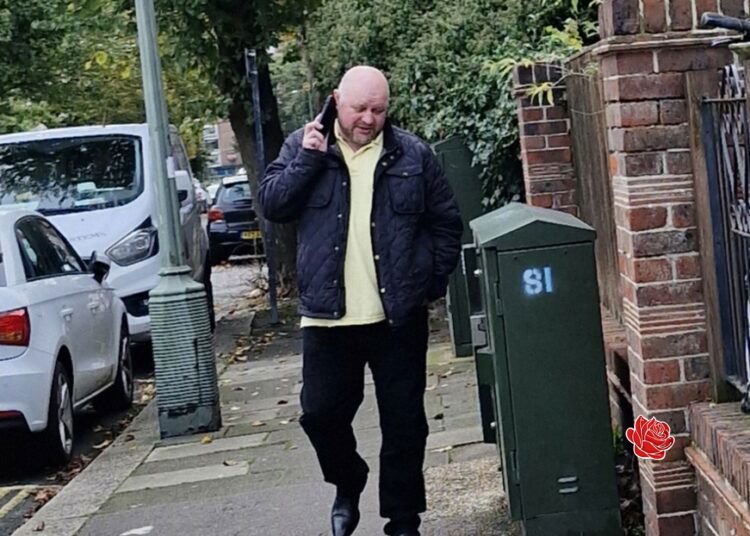
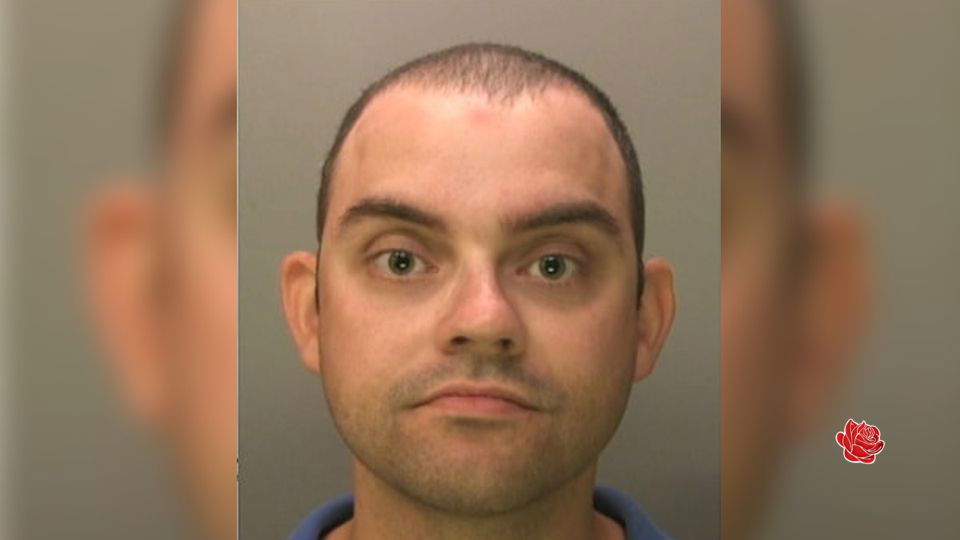
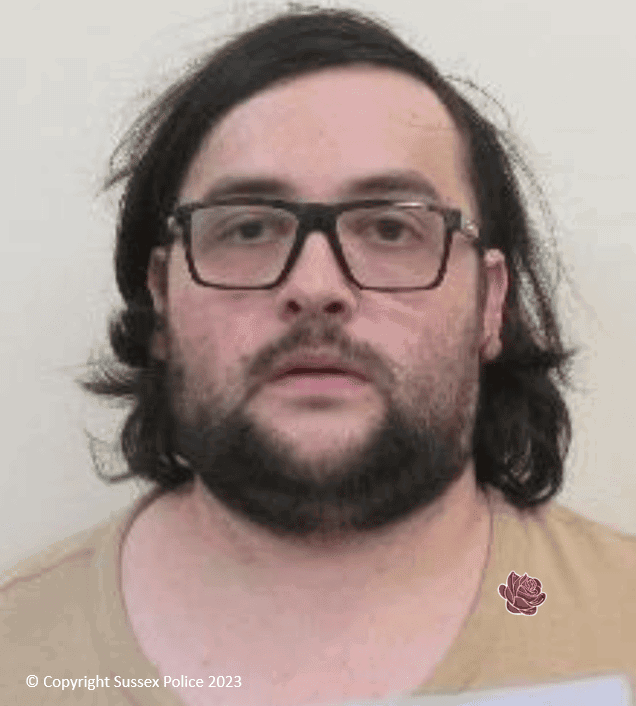
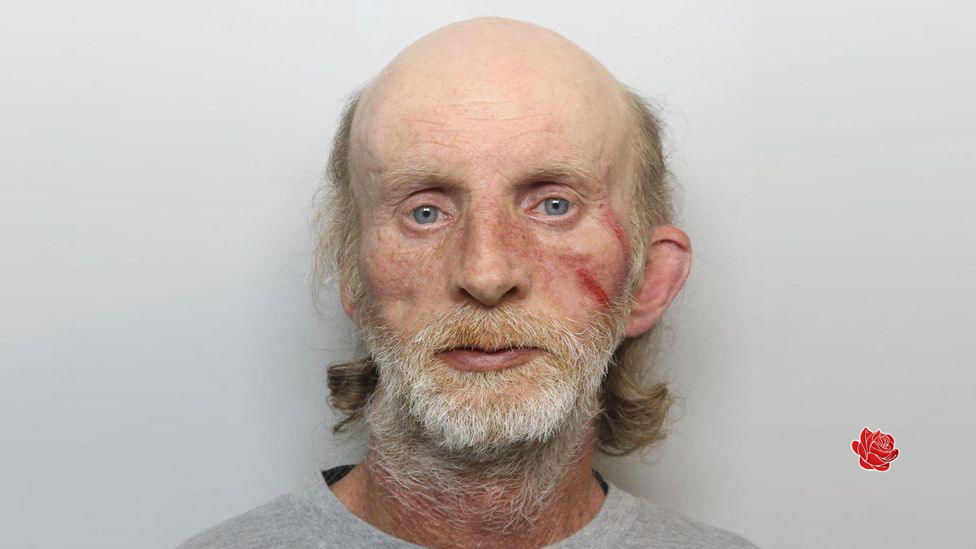
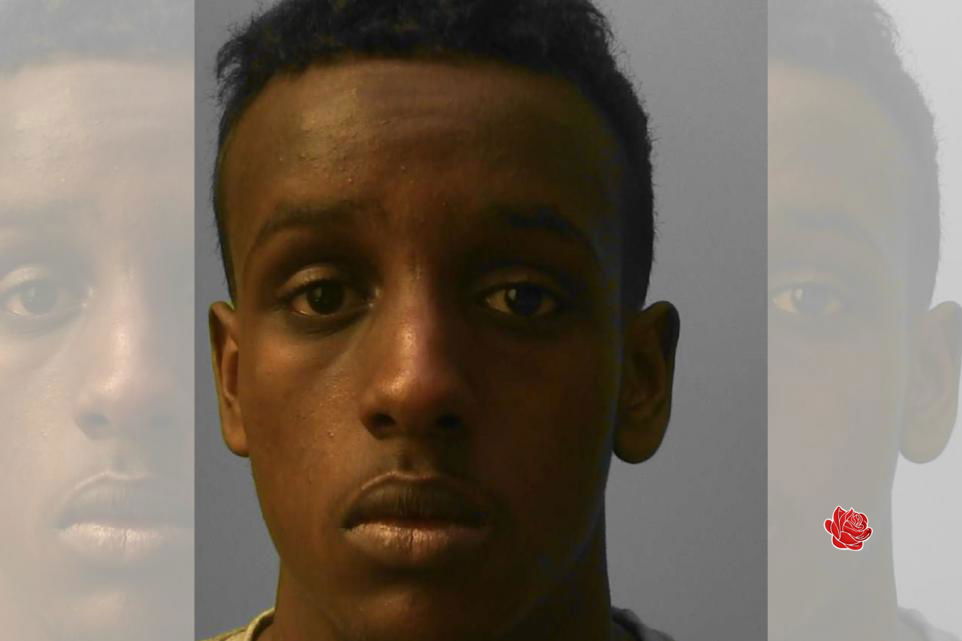
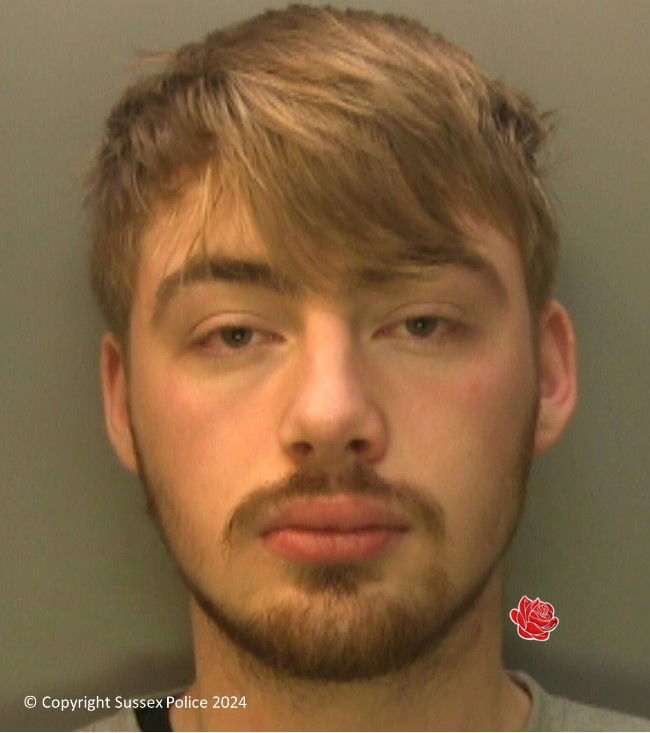

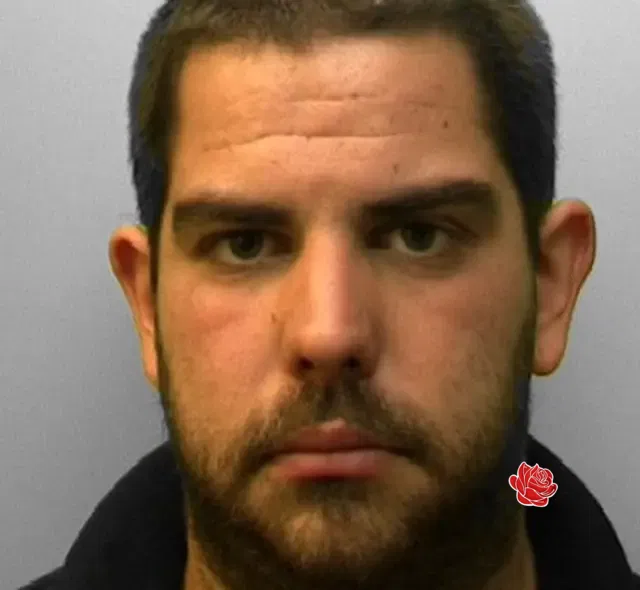
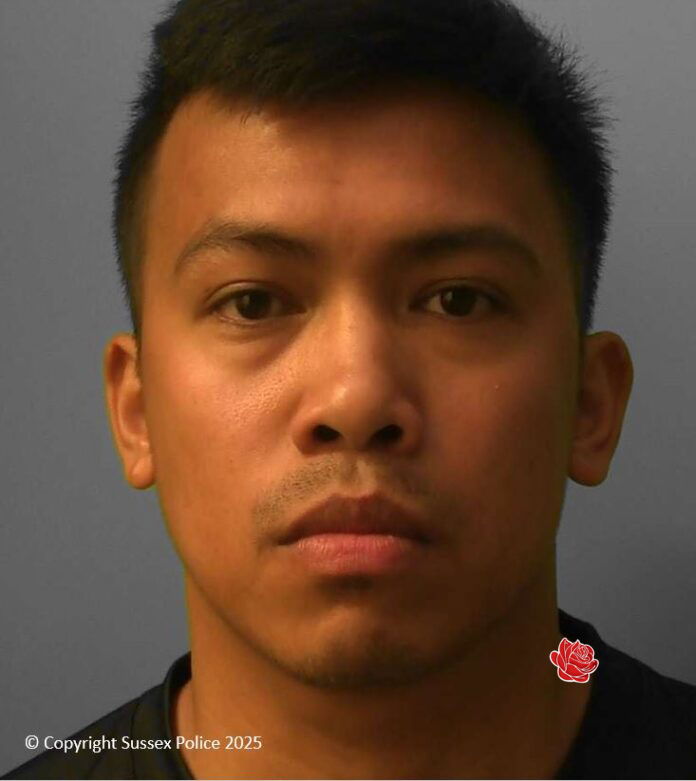
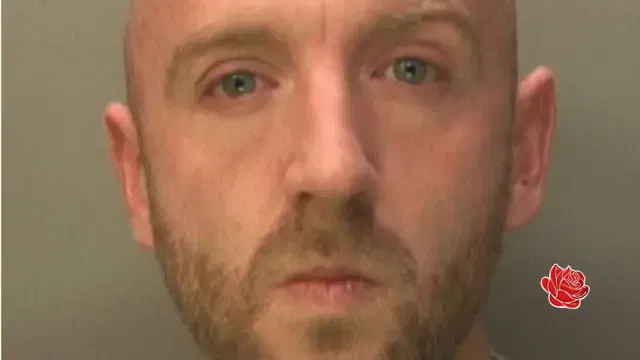
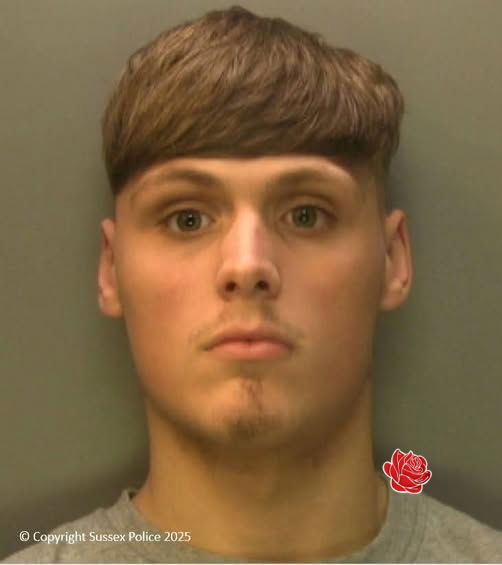
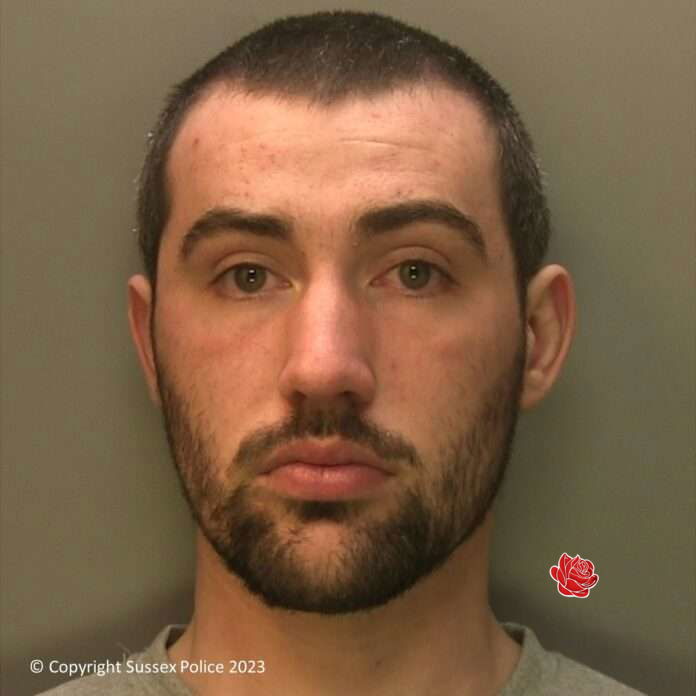
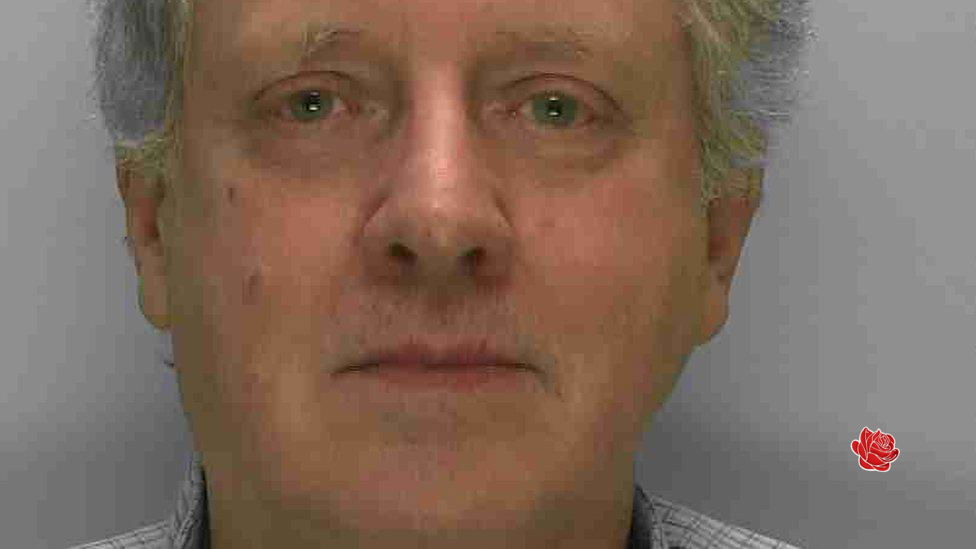
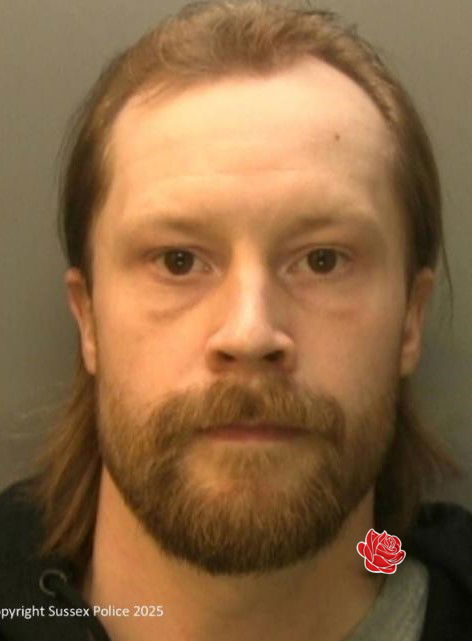
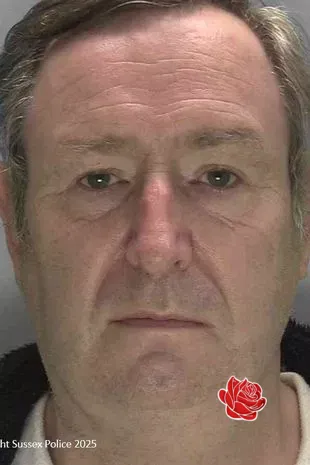
.jpg?w=300)
